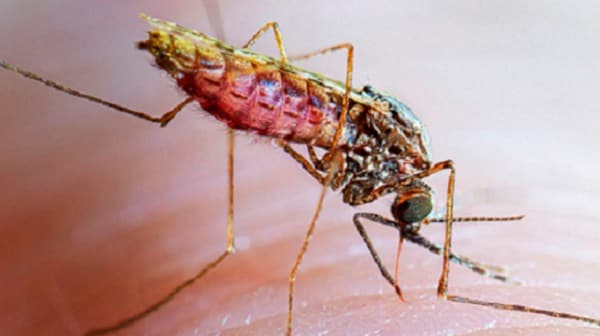Key points
- One of the most effective malaria prevention methods is the use of insecticide-treated bed nets (ITNs) to prevent mosquito bites.
- ITNs typically maintain effective levels of insecticide for several years, even after repeated washing.
- Cost, availability, and consistent use of ITNs, along with insecticide resistance in mosquitoes, remain challenges in controlling malaria in endemic regions.

Overview
Insecticide-treated bed nets (ITNs) are a form of personal protection and mosquito control that reduce malaria illness, severe disease, and death due to malaria in endemic regions. In community-wide trials in several African settings, ITNs reduced the death of children under 5 years from all causes by about 20%.
How ITNs work
Bed nets form a protective barrier around people sleeping under them. However, bed nets treated with an insecticide are much more protective than untreated nets. ITNs work so well because they exploit mosquito behavior (seeking out human hosts) which, when combined with effective insecticides, has significant impact on reducing malaria mosquito populations.
The insecticides used for treating bed nets kill and repel mosquitoes, reducing the number that enter the house and attempt to feed on people inside. In addition, if community coverage is high, the numbers of mosquitoes, as well as their lifespan, will be reduced. When this happens, all members of the community are protected, regardless of whether they are using a bed net or not.
Net materials and insecticides
Nets vary in size, shape, color, material, insecticide treatment status, and number and type of active insecticide ingredients within the nets. Most nets are made of polyester, polyethylene, or polypropylene.
The insecticides used on ITNs have been shown to pose very low health risks to humans and other mammals but are toxic to insects and kill them.
Long-lasting insecticidal nets
In previous decades, insecticide-treated nets or ITNs had to be retreated every 6 to 12 months by community members dipping them into a mixture of water and insecticide and allowing them to dry in a shaded location. The need for frequent retreatment was a barrier to uptake of this intervention. With the introduction of long-lasting insecticide treated bed nets, ITNs containing insecticides (pyrethroids) embedded in or coated onto fibers were developed so that ITNs could be used for years without retreatment.
These long-lasting insecticidal nets or LLINs led to significant reductions in global malaria from 2005 – 2015. However, the rise of pyrethroid resistance has impacted the effectiveness of pyrethroid treated ITNs. To help manage pyrethroid resistance, newer ITNs are manufactured with an ingredient which can reverse pyrethroid resistance (piperonyl butoxide-PBO) plus pyrethroids, or pyrethroids plus an additional insecticide (e.g.-chlorfenapyr or pyriproxyfen).

To monitor effectiveness of this intervention, CDC has played a major role in assessing the durability and performance of these nets and tracking the residual insecticide content on the nets over time.
ITNs have been associated with sharp decreases in malaria in countries where malaria programs have achieved high ITN coverage. WHO now recommends that ITNs be distributed to and used by all people ("universal coverage") in malarious areas, not just by the most vulnerable groups: pregnant women and children under 5 years. ITNs are most commonly distributed through mass campaigns approximately every 3 years.
According to the WHO, manufacturers' delivery data from 2004 – 2022 show that more than 2.9 billion ITNs were supplied globally, with 2.5 billion (86%) supplied to sub-Saharan Africa. Funding for ITNs gradually increased between 2004 when 5.6 million nets were delivered, to 2022, when 282 million nets were delivered (an increase of 28% compared to 2021). However, funding for ITNs, and other malaria prevention and control interventions, is likely to plateau or even decline in the next few years due to the current economic situation. One way to maintain net coverage is to increase the lifespan of ITNs. A recent study estimated that up to $3.8 billion could be saved over 10 years by increasing the lifespan of nets from 3 years to 5 years.
Mobilizing resources to procure these nets remains a major challenge. Multilateral and bilateral donors and programs such as the Global Fund against HIV/AIDs, Tuberculosis, and Malaria and the President’s Malaria Initiative support the purchase of ITNs for many countries. CDC Foundation and Malaria No More provide opportunities for individual net donations.
